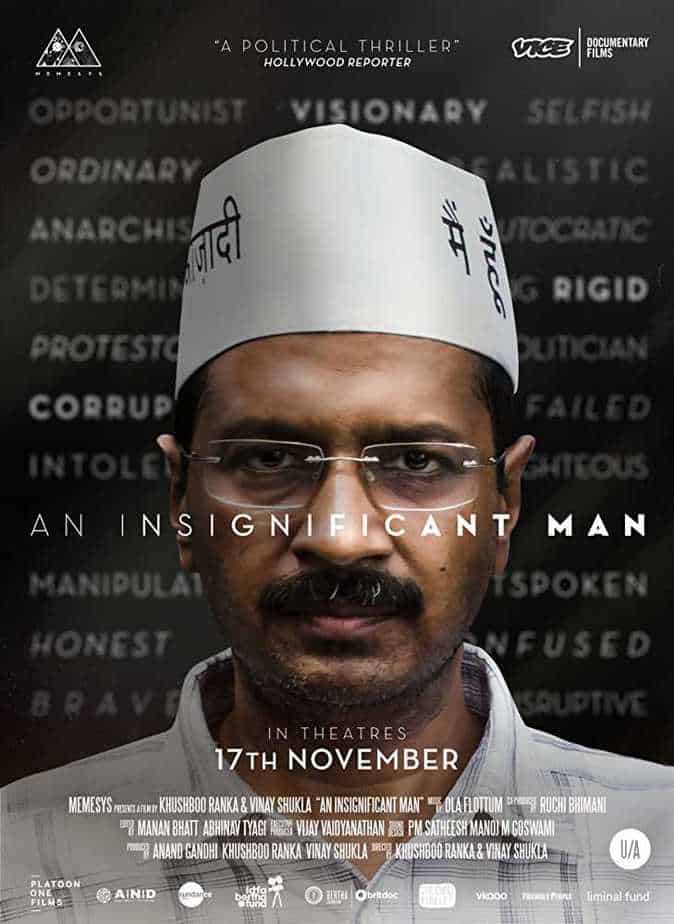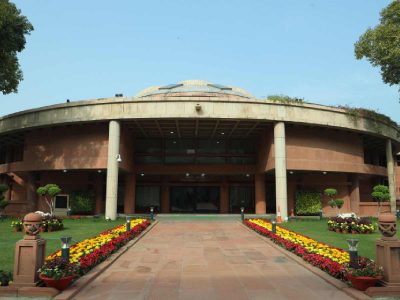Several documentaries have been made on Delhi, highlighting the issues that bedevil the capital and encouraging citizens to think critically about them
On January 20 this year, a fire in Bawana Industrial area claimed the lives of 17 workers. Approached by a professor to compile a report on one of the worst fire tragedies in Delhi, a bunch of research scholars identified this as an issue of major concern. Together with their friends, they decided to shoot a documentary on the same, titled Exit Gate, which will be screened in India Habitat Centre on August 30.
Delhi is a muse for quite a number of documentary films, their themes varying from Delhi’s working class (The City is Beautiful), the infamous Nithari serial killings (The Karma Killings), to that political thriller on Arvind Kejriwal (An Insignificant Man).
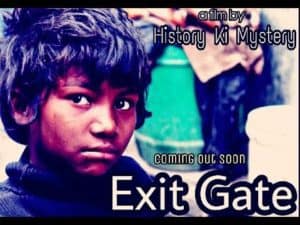
Focused on the blaze at the illegal firecracker factory, Exit Gate makes an effort to study the fire incidents that occur in industrial areas of Delhi and the repercussions of such mishaps on workers and their families. The 46-minute documentary has been directed by ‘History Ki Mystery’, a YouTube channel founded by a group of five people, three of them research scholars at Jamia Milia Islamia and Delhi University.
The film brings into light the frequency of such incidents and the standard of living along with the pathetic condition of workers without a proper salary, safety measures, and poor hygiene. “We thought that visual media would be the best medium to project the condition of the industrial sites so that it can reach out to a wider public,” says Gaurav Sharma, one of the directors. Before working on the issue, they were unaware about the laws attached to the functioning of the industries and the various schemes made by the government for the benefit of the workers. “There is a great disparity between what is mentioned in the laws and what is actually happening on the ground. We want to raise voice against this inhuman treatment and hope that the viewers understand the pain of factory workers and show empathy towards our effort,” says Gaurav.
Planning to address the issue of manual scavenging in their next project, they feel that the visual media has a greater potential to move minds than writings and audio. “We believe that documentaries are a good and effective way to get people’s attention on the issues of Delhi. Through these films, we can come up with the means to tackle the issues as well.”
Expressing a similar thought, filmmaker Khushboo Ranka believes that documentaries create a parallel civic consciousness among the audience and enables them to engage critically with any issue. Her film An Insignificant Man follows the rise of Arvind Kejriwal from a social activist to the chief minister of Delhi. Having a keen interest in the political scene at the time when anti-corruption movement was rising leading to the emergence of Aam Aadmi Party, Khushboo along with Vinay Shukla, co-director of the movie, decided to ask different political parties for access. Turned down by other major political groups, they went ahead with the story of AAP.
The film fearlessly captures the day-to-day activities of AAP and portrays what happens behind the doors in one of the largest democracies of the world. It chronicles the journey of AAP as it changed the political scene of Delhi.
“Documentaries help cultivate a better understanding of different facets of an issue. What documentaries have done since ages is to tell the stories of people who otherwise do not have a voice, along with stories of powerful and oppressing forces. Either way, it adds to the understanding of how the world works,” explains Khushboo. According to her, at a time when fake news is thriving, documentaries provide a more meditative view of things which nurtures an empathetic understanding.
Despite garnering several international awards, the documentary had to overcome several obstacles before getting released. In fact, Khushboo explains that the biggest challenge lies in releasing the films. “Most documentaries face logistical and institutional hurdles in their screenings. Small-scale grassroots screenings face the prospect of violent disruptions and the mechanism of censorship doesn’t allow legitimate large-scale distribution of films.” Adding to this is the issue of funding. “Documentaries are not money-making ventures where distributors will go that extra mile to release it. An incredible commitment is required to make your story heard.”
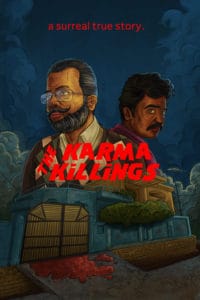
Reflecting on these difficulties, Ram Devineni, the director of The Karma Killings adds, “Trying to make a documentary in Delhi is hard. It’s even much harder to get attention for compelling documentaries because you are competing with the very loud ‘traditional’ media outlets.”
Devineni’s documentary is based on the chilling Nithari serial killing case that shook the whole nation. Available globally on Netflix, this crime thriller goes beyond the sensational news coverages and raises the question that maybe everything is not as it appears. The film relives the horrors of dozens of missing children from a locality in Noida and tells the story through people who were directly involved.
According to him, documentary films are increasingly becoming more creative and influential, and are often the public record of important social movements and characters. The films introduce audiences to real people often neglected by society and bring awareness about their struggles. He avoids getting emotional because this tactic manipulates the viewer. “Rather, I believe audiences can come to their own conclusions,” he says.
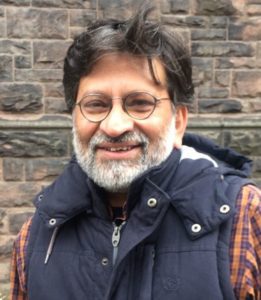
Rahul Roy, another documentary filmmaker, has made Delhi the central character of his movie, Sunder Nagri (Beautiful City), in which he explores the small working class communities on the margins of the city. The documentary captures the struggles of two family of weavers as they try to cope with the changes of globalisation. Released in 2003, the film is still screened at several film festivals.
In his opinion, documentaries provide an opportunity for people to engage with reality in a creative way. The strength of a documentary lies in the fact that the central aspect is about humanising people.
Making films since 1987, Roy has seen a certain shift and change in the sense that the number of people watching documentaries have increased exponentially. “People watch because it gives them the opportunity to connect with life,” he adds.

